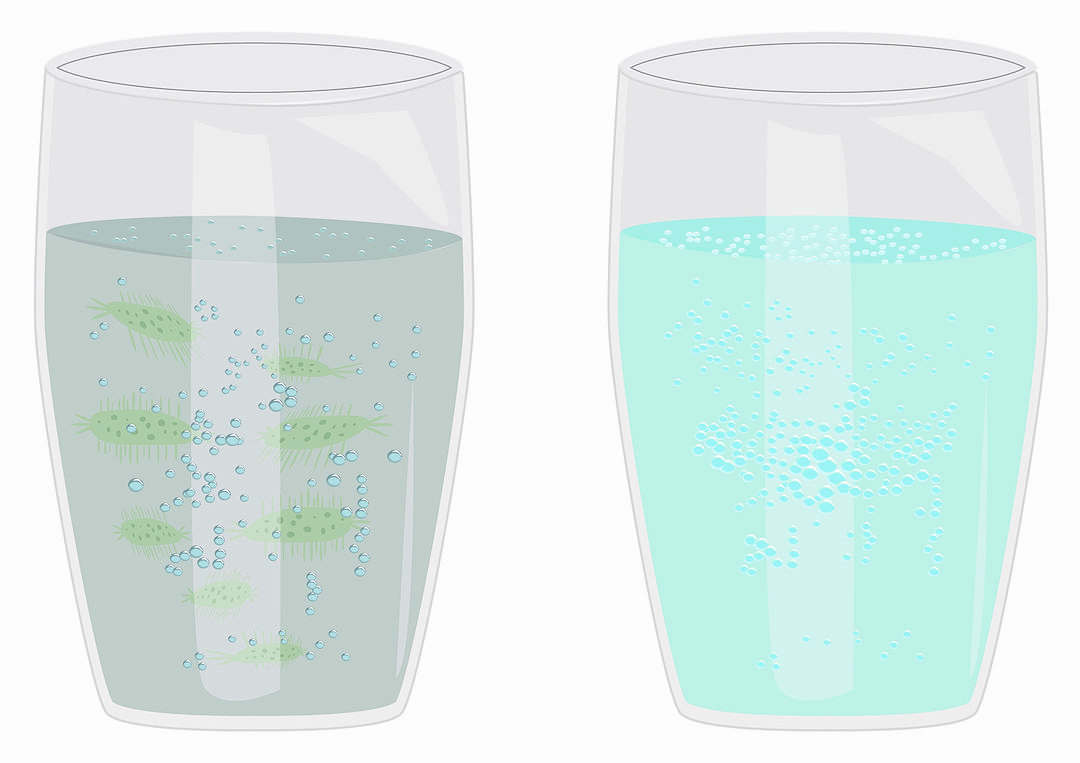Avoiding Catastrophe
It’s better to prepare for the worst and hope for the best than to react to every failure.

Over the last century, pandemics have come and gone. From the 1918 Spanish Flu to the present day, millions have lost their lives to virulent strains of the influenza virus. COVID-19 and its variants are turning out to be one of those history-changing events.
As we begin to get vaccinated and unmask, we look forward to applying what we have learned over the past two years and rethinking what we thought we knew before COVID.
We need to consider that a pandemic or epidemic can come from anywhere, not just a flu strain. While flu-related pandemics have been respiratory in nature, there are others to be aware of.
How do we prepare for whatever comes next?
Whether the next pandemic comes from the air we breathe, the food we eat, the water we drink or clean with, or possibly even an animal, we need to prepare our health-care facilities to flex with the times, even if it’s just updating equipment with newer technology.
So, what are the things we can do as plumbing designers to help any health-care facility be better prepared?
One thing we can do is review their critical preparedness plans to better determine where we can provide recommendations. Legionella is one of the most common risks facilities already monitor and mitigate.
Legionella still occurs on a regular basis across the country. Why? Our water sources are primary breeding grounds for the bacteria. It becomes a risk to humans when it enters our plumbing systems and that water becomes aerosolized, such as in the shower.
What if other microbes were to grow and become a human hazard as well? Are our water treatment plants capable of mitigating dangerous future biohazards? That’s a topic for another day.
Hazards to Be Aware Of
Here are some possible issues to consider:
- Contaminated city water (beyond Legionella);
- Catastrophic failure of the bulk oxygen tank farm;
- Catastrophic failure of the medical air and medical vacuum source equipment;
- Catastrophic failure of the nitrogen, nitrous oxide and carbon dioxide manifold room;
- Domestic water booster pump failure;
- Domestic water heating equipment failure;
- Catastrophic water supply line failure to the cooling towers;
- Power outage for the area plus the catastrophic failure of emergency backup power (perfect storm — not likely, but possible nonetheless).
Granted, some of these would be a reach or need a “perfect storm” situation to occur, but we still must consider them no matter how crazy or bizarre the possibility. It’s better to prepare for the worst and hope for the best than to react to every failure.
Let’s tackle a couple of the easy ones.
1. Contaminated water or loss of water pressure. When this occurs, an emergency water connection for a tanker truck to pull up and feed the facility would be required. This one will only provide a temporary supply for possibly a day or less. You will, however, have no water until the tanker is connected.
The U.S. Department of Defense requires that 96 hours of emergency water be stored in military health-care facilities. The civilian side of the health-care industry typically does not have the space or funding to provide a typical 350,000-gallon tank.
Splitting up pressure zones can help, to a point. If you lost the domestic booster pump, the lower floors on city water pressure would remain viable, while the upper floors would be without water. If you lost city water altogether, then you would need to consider the 350,000-gallon storage tank or wait until a water tanker truck can bring water to the facility.
2. Bulk oxygen tank farm failure. Much like the water failure above, you will need to wait for the emergency tanker to arrive to connect to the emergency oxygen supply connection (EOSC).
A possible opportunity would be to consider a microbulk or cylinder manifold room. These cylinders would be connected to the oxygen main supply and set to a lower psi. The concept here is to ensure the oxygen automatically kicks in when the line pressure drops to below a set pressure.
If the bulk tank farm (including the reserve) were to fail, the microbulk or manifold room would step in long enough for a bulk tanker to pull up and connect to the EOSC. Again, this requires additional floor space, which comes at a premium.
3. Source equipment failure (med air, med vac, N2, N2O, CO2). When it comes to medical air and medical vacuum source equipment (compressors), they are usually in the same room. The manifold room could contain nitrogen, nitrous oxide and carbon dioxide cylinders, which could fail. If something were to happen or if they needed to be replaced, a valved and piped auxiliary connection can be provided.
These auxiliary connections are making it into the 2024 NFPA 99 codebook. They will come with an additional set of low voltage signal wires to be connected to the master alarm panels to monitor the temporary source equipment. They will also require emergency power on the life safety branch to be provided.
Another option is to place medical vacuums and medical air source equipment in various parts of the hospital and provide a bypass valve that can be opened in an emergency. These multiple units are usually found in older facilities where they have been added onto over the years. You typically do not see these additional pieces of equipment on a new build, as that would get value-engineered out of the project to save upfront costs.
Now to address the more difficult system failures.
4. Electrical failure. Well, this is more for the electrical engineer to figure out, but we need to understand how they are powering our equipment. We need to know our equipment will be on a life safety branch that will provide uninterruptable power.
5. Domestic hot water failure or replacement of source equipment. Equipment failure is less likely to occur but still needs to be thought out carefully.
Bypass piping can be a good solution, depending on how it is piped; the source equipment needs to be evaluated for handling additional loads.
A good option would be to provide multiple heaters throughout the facility that are or can be interconnected and used in an emergency.
In a well-thought-out system, if part of the heating system needs to be taken offline, you can have parts of the system pick up the slack. We can cover this in more detail in upcoming columns.
While some of these concepts are simple solutions, they still have cost implications, which may cause the concept to be value-engineered (removed) from the base bid. Portions of these concepts could be implemented upfront and allow for future implementation of the remaining concepts to occur when funding is available.
These are things that can go seriously wrong at any time, and we need to prepare our clients for anything that can happen, keeping cost in mind.





